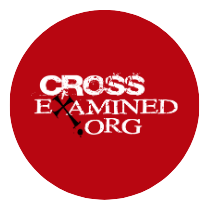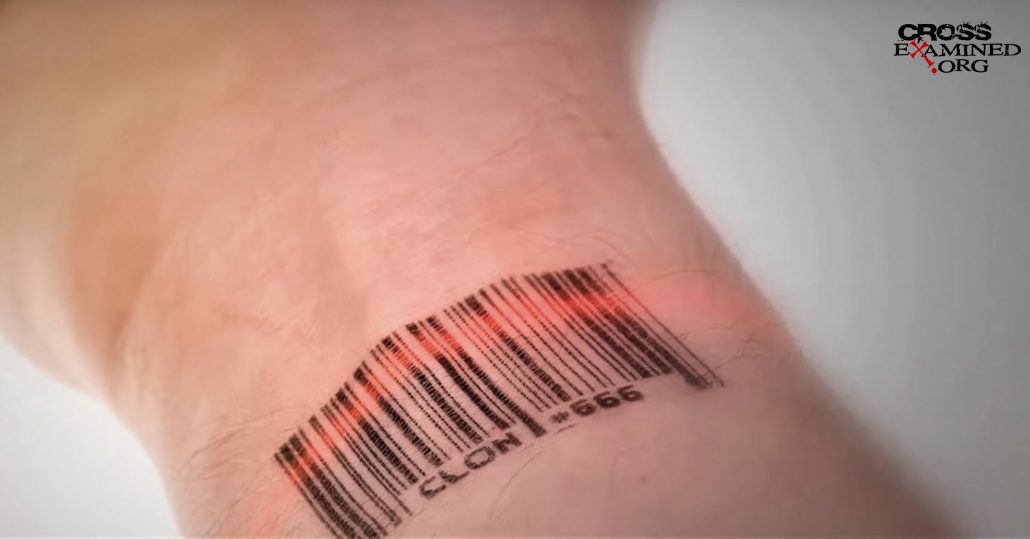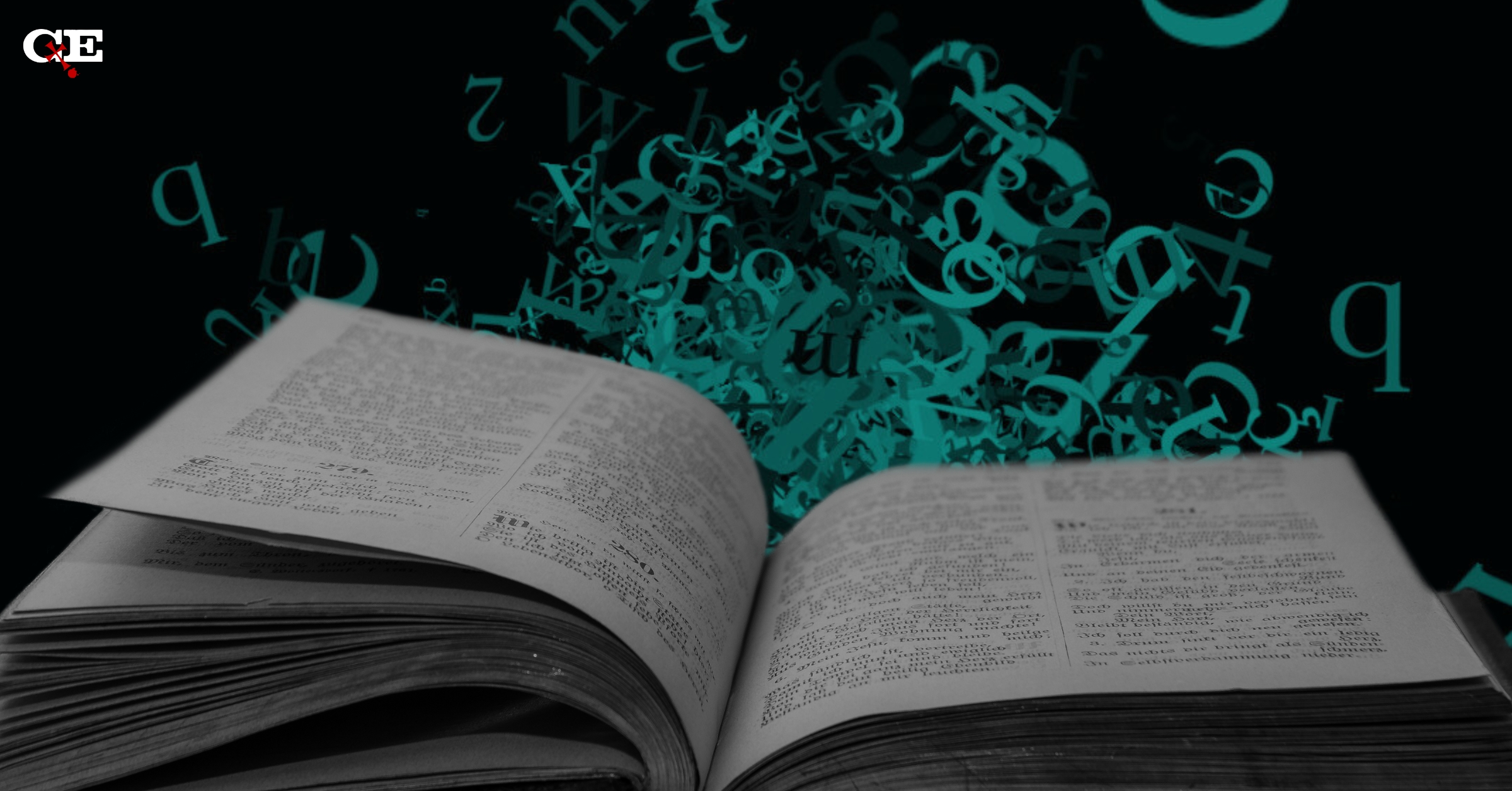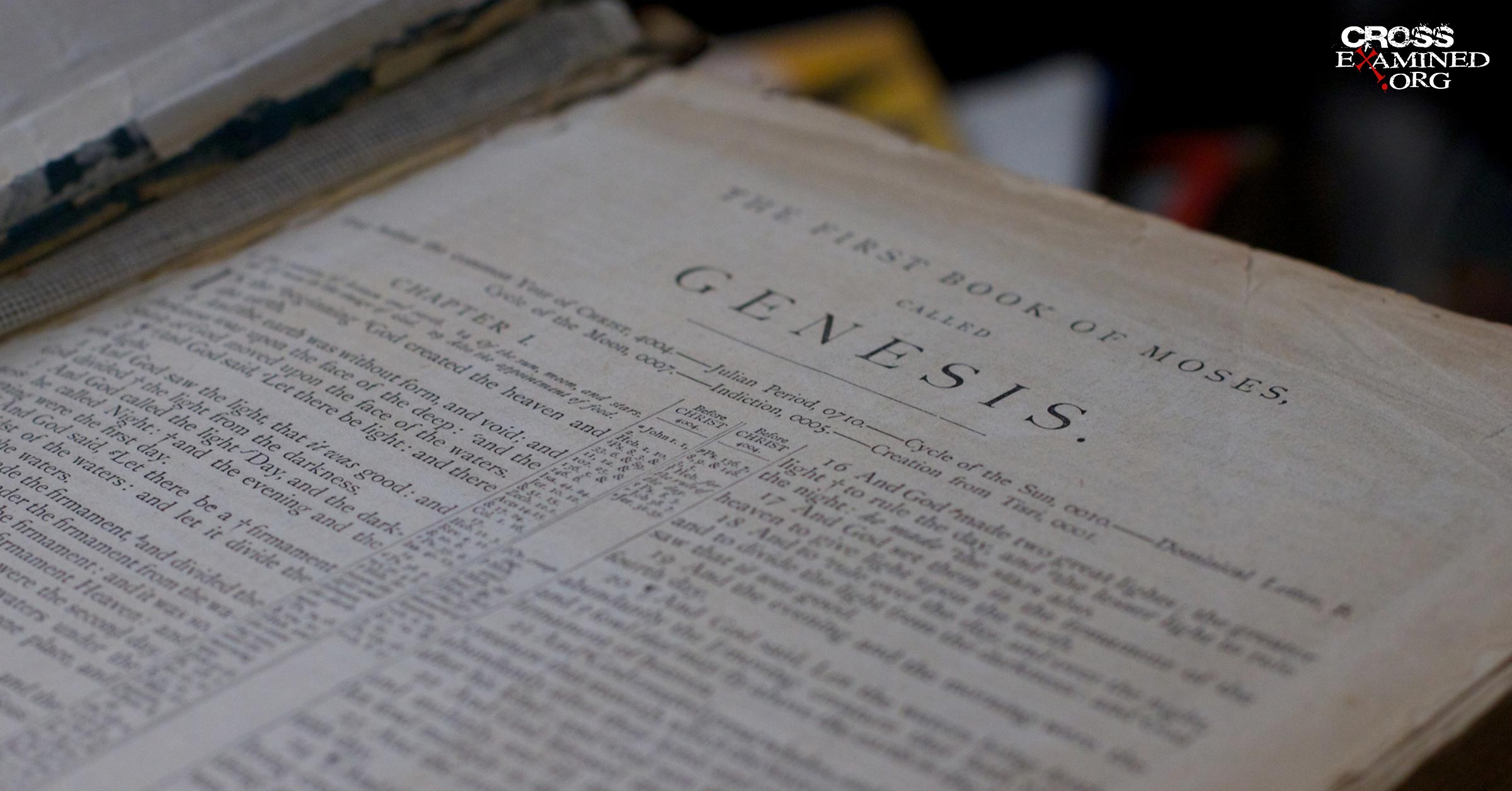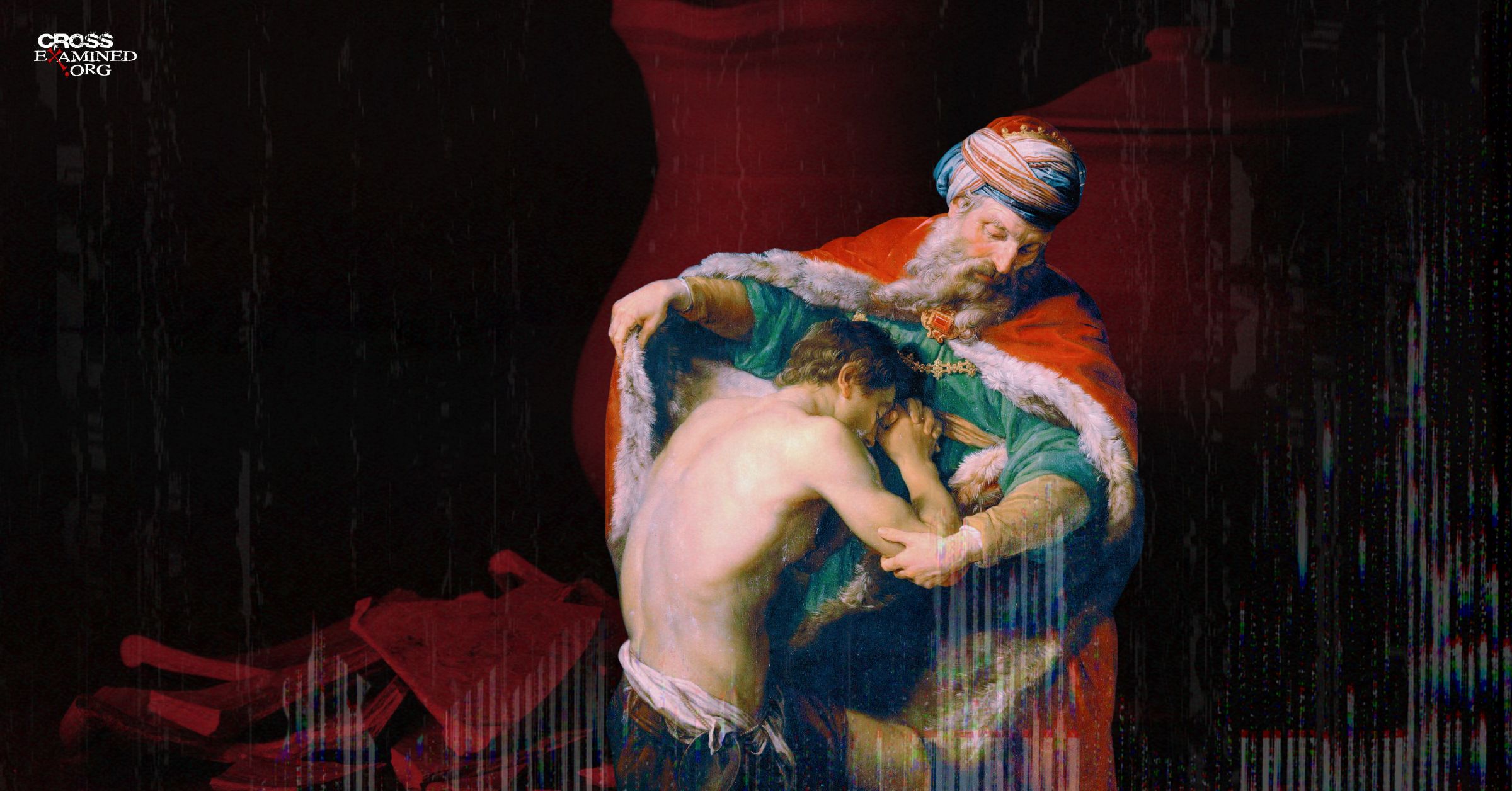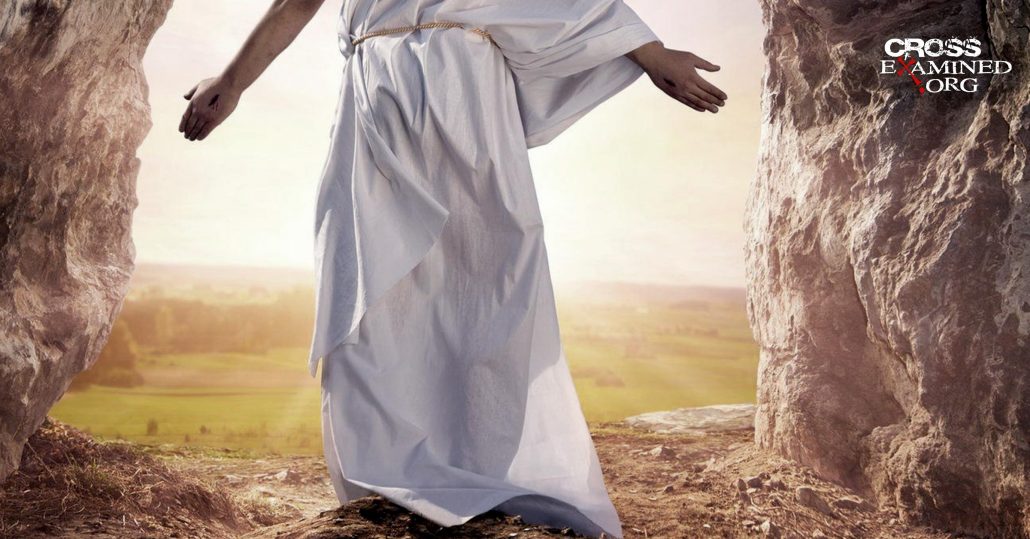THE MARK OF THE BEAST: A BIBLICAL AND THEOLOGICAL APPROACH
The world suffers from great turmoil and distress. People are distrustful of one another, and they certainly do not trust their governmental representatives. Unfortunately, conspiracy theories have taken center stage. What was once the discourse of backyard talk has now become talking points on Capitol Hill. Numerous people have asked my thoughts on the COVID-19 vaccines and whether the vaccine could represent the mark of the beast. Vaccines are not the only things postulated to be the mark of the beast. At one time, it was thought that the electronic numbers used by credit cards could represent the mark of the beast. Doing my part to emphasize rational discourse and valid hermeneutical practices, it is necessary to investigate the source behind the mark of the beast.
In full disclosure, this article affirms the futurist perspective of the book of Revelation. Futurists believe that much of the book of Revelation speaks to future prophetic events that will play out in the end-times. Preterists represent the opposing view, instead believing that most of Revelation speaks of events that occurred in the first century. Thus, presuming the futurist position, what can we learn about the mark of the beast? Before we engage the mark of the beast, we must first read what the book of Revelation says about the dubious mark.
With the text in hand, two questions need to be considered. First, what is the mark of the beast when kept in the proper context? Second, what can the other theological teachings of the Bible tell us about the mark of the beast?
What is the mark of the beast?
The mark of the beast is found in the larger context of Revelation 13 which deals with the second beast. It must be understood that the powers of darkness attempt to mimic God at every turn. God is Triune, existing as Father, Son, and Holy Spirit. In the book of Revelation, Satan tries to copy this trait coming as a dragon (Satan), a beast (antichrist), and a false prophet. The beast of the sea in the early part of Revelation 13 most likely is the antichrist, a worldly political leader filled with the power of Satan. The antichrist is essentially Satan incarnate.
The beast of the earth is most likely the false prophet. The antichrist imitates Christ’s resurrection by suffering a perceived mortal wound and is healed from it (Rev. 13:13). People worship the beast because they think him to be godlike (Rev. 13:4). Remember, Satan wants to be God and desires people to worship him rather than God.
The second beast arises in Revelation 13:11. The second beast is a religious leader who is also known as the “false prophet” (Rev. 16:13; 19:20; 20:10). The false prophet appears to be gentle, represented by the “two horns like a lamb” (Rev. 13:11), but speaks and behaves viciously. The second beast deceives (Rev. 12:19) through signs and wonders, most likely faked, serving the lie of Satan (2 Thess. 2:9). Here is the critical point to consider: the false prophet leads people to erect an image paying homage to the first beast (the antichrist) so as to worship the first beast. Three things take center stage when identifying the mark of the beast.
The mark is a seal of worship to the unholy trinity. It is uncertain whether the mark is an actual mark or not. It could be. But no matter if it is a physical branding or not, it is undeniable that the mark is a seal of devotion to Satan, the antichrist, and the false prophet. In this case, Satan imitates the Father, the antichrist imitates the Son, and the false prophet imitates the Holy Spirit. Paying homage to an idol was not unique in John’s day as will be shown later in the article.
Is the mark a secretive thing? No! The mark is not something that one takes unaware. Whatever the mark is, it is taken as a cognizant and willing act of devotion to the unholy trinity. The mark will be public, and everyone will know it when it comes. A person taking the mark of the beast publicly identifies oneself with the antichrist much as a baptized believer is publicly identified with Christ.
What does 666 mean? The number hexakoioi hexekonta hex (666) is the numerical value of the antichrist’s name. Each letter in Greek, Hebrew, and Aramaic—the languages of the Bible—held numerical value. Arabic numbers had not been invented by this time. Thus, each word and name hold a numerical value in the biblical text. To calculate the numerical value for each word, the numbers for each letter were added. Jesus’s name equals the numerical value of 888. 8 is a number representing new beginnings and resurrection as it is one digit higher than the number of perfection—the number 7. The beast’s name is one digit below perfection—the number 6. Thus, 666 represents the name of the antichrist and his unholy nature. Ironically, the name Kaiser Nero equaled the value 666. John is telling his readers, who were knowledgeable of Nero’s horrific exploits against believers, that the future antichrist would be like Nero, but only worse and on a global scale.
How does this text merge with other theological teachings in the Bible?
Already, it has been noted how the mark of the beast finds its meaning in the context of Revelation 13. However, three additional theological teachings help to further understand the mark of the beast. When a text becomes difficult to interpret, it must be gauged against other major teachings in Scripture. Clear teachings clarify obscure texts. Additionally, biblical themes are repeated throughout the entirety of Scripture. As such, consider three important truths.
Mark of God. Not only is there a mark of the beast, but Scripture also mentions a mark of God. It is amazing that the next chapter is not read when examining the mark of the beast. In chapter 14, Jesus (aka., “The Lamb of God”) stands on Mount Zion with 144,000 of his children. The 144,000 are most likely Jewish believers saved during the horrible time of tribulation. Nonetheless, notice what is on the foreheads of the 144,000. They had “his name and his Father’s name written on their foreheads” (Rev. 14:1). In Revelation 22, the new heaven and earth are occupied by those who have God’s name written on their foreheads. The text reads, “They will see his face, and his name will be on their foreheads” (Rev. 22:4). In the OT, believers were told to bind the Word of God on their foreheads and hands (Deut. 6:8). The Israelites took this command seriously as they created phylacteries that contained Scripture, placed Scriptural passages in these boxes, and bound them to their foreheads and wrists. But was this command intended to be taken literally or metaphorical?
God says that he will write his word on the hearts of his people (Heb. 8:10). This leads me to wonder whether the mark is a literal mark at all. Perhaps the mark is one’s identification or allegiance to someone or something. The person’s wholesale allegiance to a person or entity may be what the mark represented all along.
Unpardonable sin. When thinking about the mark, a very important teaching given by Jesus himself must be considered. When accused of performing miracles at the hand of Satan, Jesus first instructs his accusers that a kingdom divided against itself cannot stand (Matt. 12:25–26). Jesus then notes, “Anyone who is not with me is against me, and anyone who does not gather with me scatters. Therefore, I tell you, people will be forgiven every sin and blasphemy, but the blasphemy against the Holy Spirit will not be forgiven” (Matt. 12:31). The only sin that is unforgivable is the rejection of the Holy Spirit’s work in the life of Jesus. That is, the unpardonable sin is to reject Christ unto death. Whether the mark is a literal branding or an allegiance of the heart, the thing that makes the mark unforgivable is the rejection of Christ accompanying it. The mark is taken willingly and publicly whether it be for devotion to Christ or Satan. Even now, people bear a mark of Christ or a mark of the beast in their own lives depending on who rules their heart.
Comparison to the book of Daniel and John’s day. One last point needs to be made before wrapping up. This point is a historical one that bears upon the interpretation of the text. People of John’s day would have known what John had in mind when speaking of the mark of the beast. The Greco-Roman world was replete with idols of gods and goddesses. People were instructed to worship certain gods and goddesses in their region which differed according to the location and the god chosen to worship. The pantheon of manmade idols were thought to embody the gods they represented. Scripture notes that when people worshiped these idols, they actually worshiped demons (Deut. 32:16–17). Remember, Satan and his army desire the devotion that God deserves for themselves.
The book of Revelation finds many parallels to the OT. This may be an area that finds a root in the OT as well. In the book of Daniel, Nebuchadnezzar set up a 90-foot-tall by 9-foot-wide idol and ordered everyone to worship the idol (Dan. 3:1–3). Whoever did not worship the idol was thrown into a furnace of fire (Dan. 3:6). Nebuchadnezzar’s command caused a problem for the devout Daniel, Hananiah (Shadrach), Mishael (Meshach), and Azariah (Abednego). Hananiah, Mishael, and Azariah chose the flames of the furnace over worshiping a false god because they knew that only Yahweh deserved such praise. However, after being thrown into the furnace of fire, they were spared by a Fourth Man walking in the fire with them who appeared as a divine being (Dan. 3:25). With this backdrop in mind, the mark of the beast becomes ever more clear. The mark of the beast represents a person’s allegiance to the dragon (Satan), the beast of the sea (antichrist), and the beast of the earth (false prophet).
Conclusion
The mark of the beast is not so much about an actual mark as it is about one’s allegiance to the powers of darkness. Each person already bears a mark of some sort in one’s heart and life. Scripture indicates that the Holy Spirit is the seal of God upon the believer’s life (2 Cor. 1:22; 5:5; Eph. 1:13–14; 4:30). Either a person is marked by God or marked by Satan. A person’s allegiance can change from the influence of Satan to God by the power of God working in them. But going back to the mark of the beast, people do not need to constantly worry about being deceived into taking a mark that will eliminate their chances of entering heaven. Vaccines and electronic devices do not represent what John had in mind when he recorded the revelation of God. He speaks of a person’s public denial of Christ and affirmation of a public, political leader who is directed and filled with the power of Satan. With this in mind, as Joshua challenged the Hebrews, we are challenged as well to “choose this day whom [we] will serve” (Josh. 24:15).
Recommended resources related to the topic:
How to Interpret Your Bible by Dr. Frank Turek DVD Complete Series, INSTRUCTOR Study Guide, and STUDENT Study Guide
How Philosophy Can Help Your Theology by Richard Howe (MP3 Set), (mp4 Download Set), and (DVD Set)
